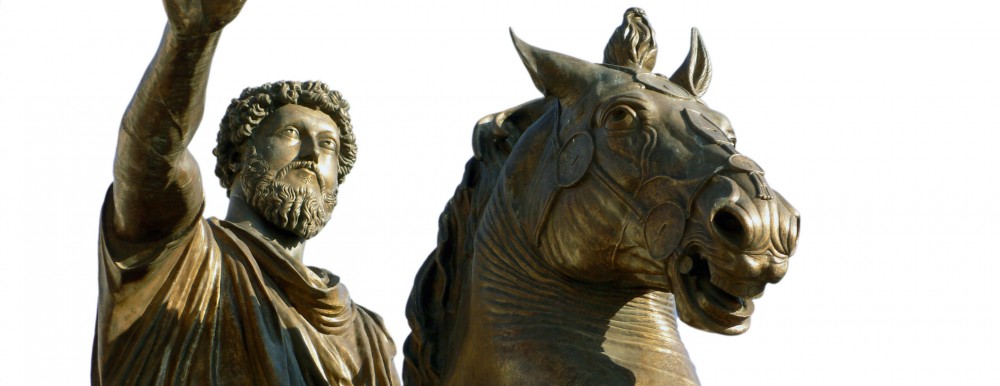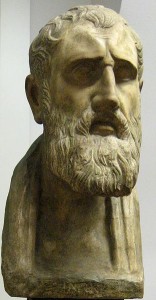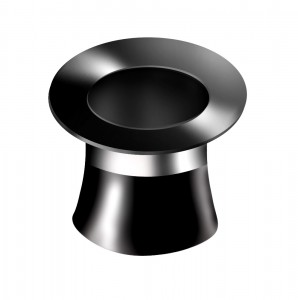To truly experience something, is to know whether it is right or not. Many a soldier has gone into a war waving their flag for king and country. Then, they experience the brutality, the insanity of killing, maiming, and butchering others…all for the sake of some far off ideology they only marginally understand. All warfighters come back different. They don’t all come back peace-niks (like me), but they all come back different.
And so it goes with living a purposefully deprived life, like a Cynic would. Theoretically, asceticism (see Part 1) sounds like a good idea. Isolate yourself completely from worldly temptations and pleasures, and you can focus on living a virtuous life. However, to experience asceticism is another thing altogether. Thus, it must have happened to Zeno of Citium, the original Stoic.
Right around 300 BC, as the story goes, Zeno ended up in Athens as a result of a shipwreck. Zeno had previous knowledge of philosophy because of books that he had read, so when he ended up by this precarious accident to be in Athens…Home of Philosophy!…he asked around to find where great philosophers like Socrates could be found. As luck would have it, Crates (a Cynic, remember from Part 2?), found him instead and took him on as a pupil. Crates passed on to Zeno that the goal of a good life was to live with virtue and excellence.
But somewhere along the line, Zeno was unconvinced that a life of deprivation was necessary for virtue. He considered the pleasures of life that the Cynics rejected as “indifferents.” In other words, while these things were not beneficial in living a good life, they were not necessarily bad either. Incidentally, this consideration of “indifferents” became a cornerstone of Stoic ethics.
In other words, a person could enjoy the “indifferents” as long as she does so in moderation, and that she is aware, that indeed these things are indifferent…that worldly pleasures of wealth, power, prestige, and indulgence are not helpful to you in attaining virtue and excellence. This awareness, I think is what gives the Stoics their modern image as being emotionless and indifferent to the world around them, I suppose.
In a sense, this indifferent Stoic image is true, but not in the simple way that is commonly thought of.
(Zeno photo licensed under the Creative Commons Attribution-Share Alike 3.0 Unported)









